Newly appointed Canadian prime minister Mark Carney has already called a snap election for 28 April. Meanwhile, he maintains that the Canadian government is determined to respond to US tariffs. Around 75% of Canada’s exports are to the US, and Canada is ready to apply retaliatory measures.
But during his campaign, the former Bank of England governor had said that the country would mobilise capital to deal with the negative impact of the escalating trade war with the US.
The ‘Maple 8’, Canada’s leading pension funds, could potentially be the foremost providers of private investment to support the country during this potentially damaging trade war.
“Whether or not the tariffs materialise, it’s time to leverage all the know-how of our companies to drive Québec forward,” said Charles Emond, president and chief executive officer of Caisse de dépôt et placement du Québec, after US president Donald Trump announced his tariff policy in February.
“CDPQ will be there to finance productivity-boosting projects and help companies diversify their markets”.
The ability of Canadian pension funds to mobilise capital to help their country against Trump’s protectionism is a hot topic, and Emond’s words are a significant reflection of Canada’s new political climate.
CDPQ, with C$473bn (€306bn) in net assets, manages assets for public pension and insurance plans based in Québec. Last month, it announced a programme to encourage Québec companies to launch projects that increase productivity or to strategically pivot to new markets. Defined benefit (DB) pension plans are likely to be the major investors in these projects.
Pension funds are also keen to highlight the importance of DB pensions in payment to the domestic provincial economies.
Research commissioned by the Healthcare of Ontario Pension Plan (HOOPP) and the University Pension Plan (UPP), published last year, found that in 2023, the C$42.7bn that all of Ontario’s DB pension funds paid in pension benefits generated an economic output of more than $60bn.
Canadian holdings made up 51% of UPP’s C$11.7bn assets, in equities, bonds, real estate and infrastructure.
In a statement, the fund told IPE: “While diversification is an essential strategy of any reasonable long-term investor, our liabilities are in Canadian dollars, and we will always be invested in Canada. Alongside our peers, we continue to contribute to government working groups and ongoing policy consultations. We welcome the opportunity to work with the government to remove barriers to investing further in Canada and unlocking the value held in domestic assets.”
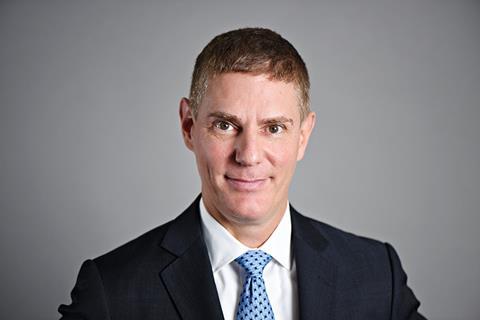
HOOPP invests around 50% – more than C$60bn of its C$123bn – in Canada. More than C$40bn was in government bond holdings as of end-2024. The rest is in real estate, private equity, private credit and infrastructure.
“With a responsibility to pay members’ pensions now and into the future, diversification is key to mitigating risk and enhancing returns,” said Michael Wissell, CIO of HOOPP. “But when all else is equal, we prefer to invest in Canada.”
Infrastructure focus
Earlier in March, Canada’s federal government issued a policy statement on investment in domestic airports, with a view to attracting new private partners, including Canadian pension funds. The aim is to “support the national interest, facilitate economic growth, and help ensure that Canada’s infrastructure is well-positioned to respond to future challenges”.
HOOP’s Wissell tells IPE: “This increased opportunity for Canadian pension plans to invest in the domestic market is a constructive shift. HOOPP and other plans, we are all encouraged and very optimistic about this new climate.
“We are also in favour of increasing the current 30% limit on pension plan ownership of Canadian companies.”
This idea was raised in Ottawa’s 2023 Fall Economic Statement. And in March last year, over 90 Canadian corporate executives signed an open letter calling on the government to amend the rules governing Canadian pension funds to have them increase their domestic investments.
“For Canada to benefit from, and potentially increase domestic investment, it should instead consider facilitating access to strategic assets such as infrastructure”
Keith Ambachtsheer, KPA Advisory Services
But Canadian pension funds already allocate a disproportionately high percentage (18%) of their public equity investments to Canadian listed companies; while a global market portfolio that is set to maximise gains by diversifying globally only allocates a 3% investment share to Canada, according to a paper published last June and co-authored by Keith Ambachtsheer, executive in residence at the Rotman School of Management, University of Toronto, and co-founder of KPA Advisory Services.
“We caution against adopting government policies that mandate Canadian pension funds to invest domestically, as such policies will upset the funds’ risk-return calibrations and expose pension plan members to potential financial losses,” writes Ambachtsheer.
“For Canada to benefit from, and potentially increase domestic investment, it should instead consider facilitating access to strategic assets such as infrastructure.”
Domestic growth capital
PSP Investments’s Canadian exposure was C$56bn or 21% of its C$264.9bn assets, as of end-March last year. Through its independent, wholly-owned subsidiary CGFIM, it also acts as asset manager for the Canada Growth Fund (CGF) – a C$15bn arm’s-length public fund with the objective to help the country speed up deployment of technology in its efforts to reduce emissions, transform the economy and support long-term prosperity.
Since its launch in the summer of 2023, CGF has closed 12 transactions and has committed nearly C$2.3bn across five Canadian provinces. CGF’s latest investment was US$40m in Dcbel Inc, a Montreal-based smart-home energy platform company that has developed a unique bidirectional electric vehicle-charging hardware integrated with a home energy management system.
Now, all eyes are on Carney, Canada’s new prime minister. Among his many past assignments, most recently he was the chair of the board of Brookfield Asset Management. Last September, Brookfield proposed a $50bn fund that would include pension and federal government money to invest in Canadian equities.
That idea has remained on paper, also due to the controversy over the conflict of interest of Carney, who had recently been appointed by the then prime minister Justin Trudeau to provide advice on economic policy. Carney may well revive it if he wins Canada’s snap general election next month.
Read the digital edition of IPE’s latest magazine




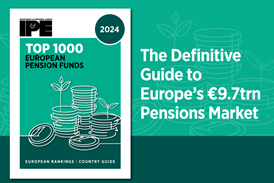
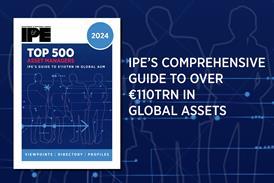
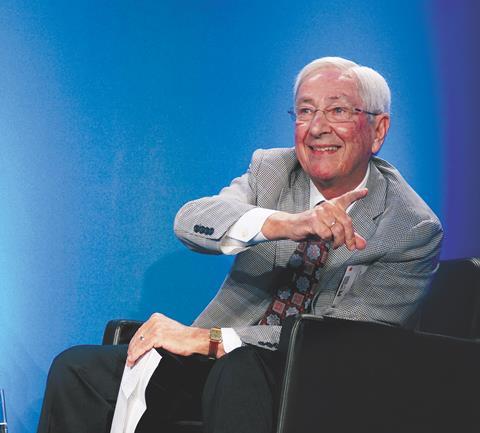


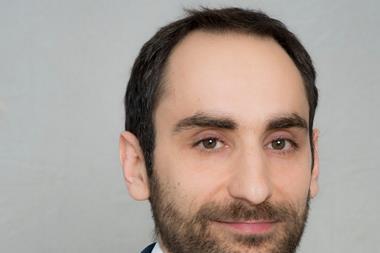
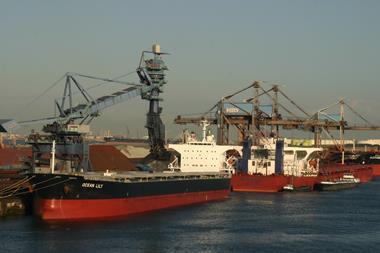





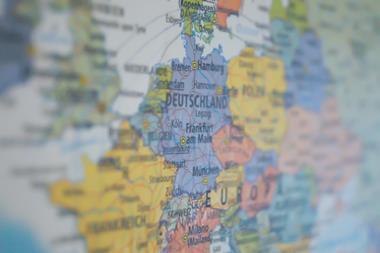
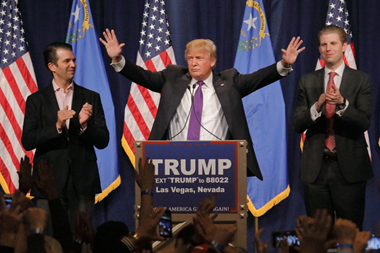
















No comments yet